- Home
- slideshows
- miscellaneous
- 12 kinds of shopping tech that didn't exist 10 years ago but have changed retail as we know it
12 kinds of shopping tech that didn't exist 10 years ago but have changed retail as we know it
Buy-online-pick-up-in-store

Smart dressing rooms
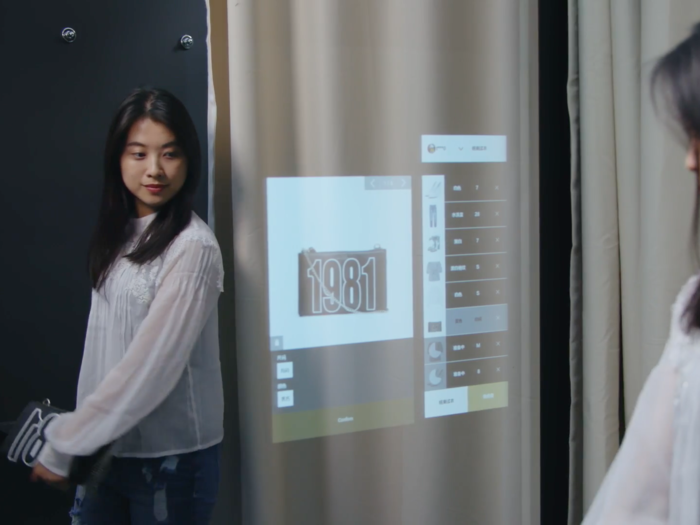
In 2015, Ralph Lauren debuted interactive mirrors in its New York City flagship that allowed shoppers to change the lighting of the room, request a new size or style, and browse other items. It was the first of its kind, and before long other retailers joined in trying the technology.
RFID technology
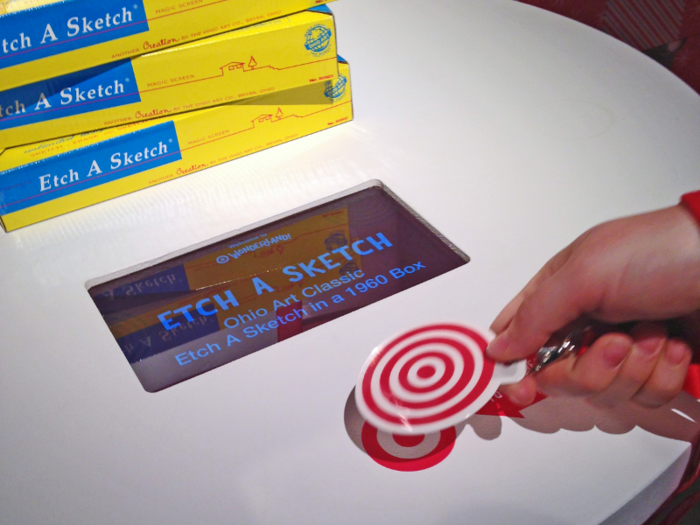
One of the biggest developments of the past decade was RFID technology — an acronym that stands for radio-frequency identification — which essentially functions as a smart label affixed to products. These "intelligent barcodes" allow retailers to better track inventory and better understand product life cycles.
QR codes
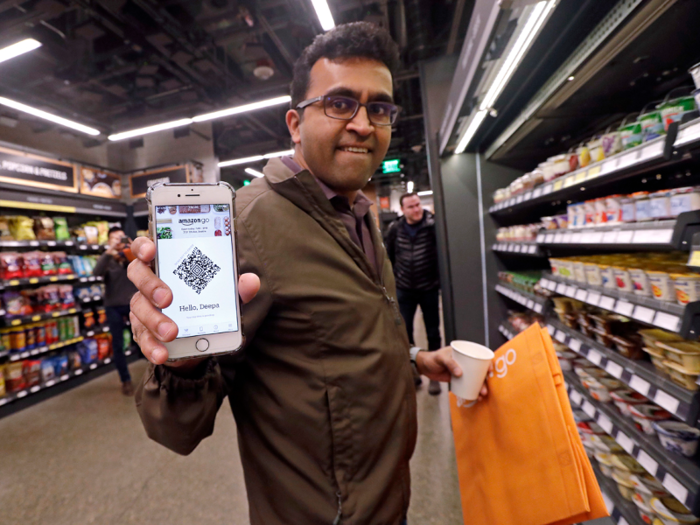
QR codes have transformed retail in the past decade in a variety of ways, but most notably in the development of virtual stores like Amazon Go. Using Amazon's "just walk out" technology, shoppers enter the store while scanning a QR code and leave after they've collected what they need. Payments are then deducted through the app.
Instagram shopping

Instagram launched shopping in November 2016, which elevated the app from aspirational social platform to full-on e-commerce channel. The update allowed verified brands to develop shoppable posts that would direct users to their respective online shopping pages.
In March 2019, Instagram took this one step further by adding shoppable tools to Instagram Stories.
Visual search
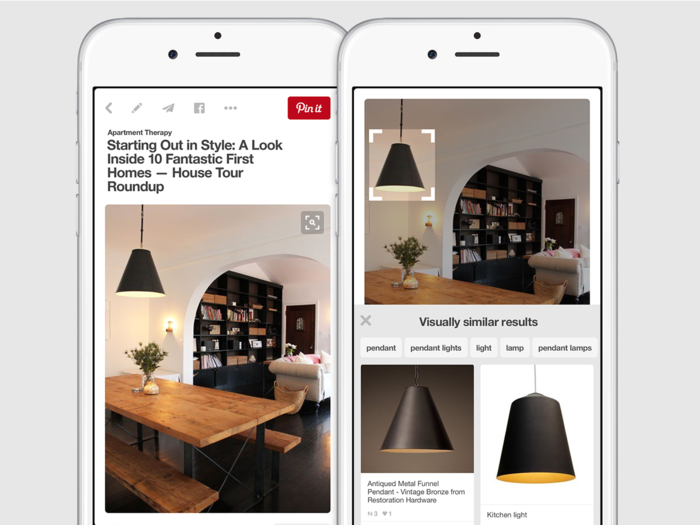
Just like facial-recognition technology can scan a face and use it to determine an identity, visual search made it possible for shoppers to upload a product and identify its origin or else find similar models.
In 2015, platforms like Pinterest began integrating visual-search technology into their platform. In 2017, Pinterest launched shoppable pins to help drive e-commerce conversions.
3D printing

Though 3D-printed apparel once sounded like a futuristic novelty, it's now being used to make everything from Adidas sneakers to suit jackets.
Automated checkout
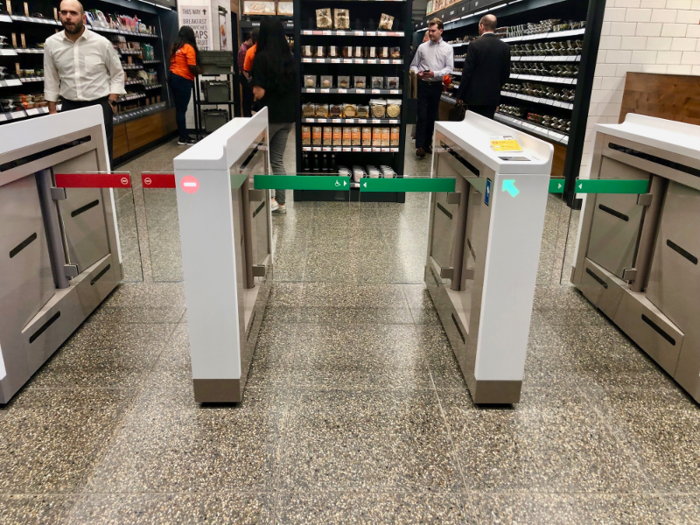
The past decade brought major advancements in automation, including self-checkout that now goes beyond the 10-items-or-less Target line and features cashierless Amazon Go stores that you can just walk in and out of.
Chatbots
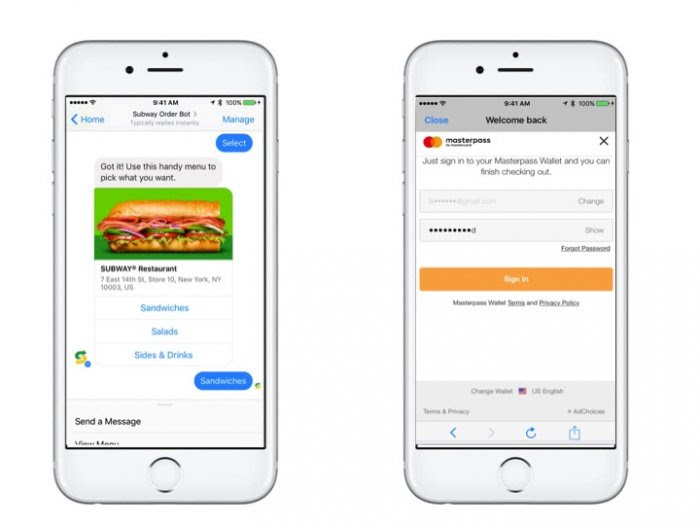
Chatbots became an integral part of the growth of automation this decade, with retailers experimenting with several types of bots, ranging from Facebook integrations and SMS messaging to concierge services on their websites.
Mobile pay and mobile wallets
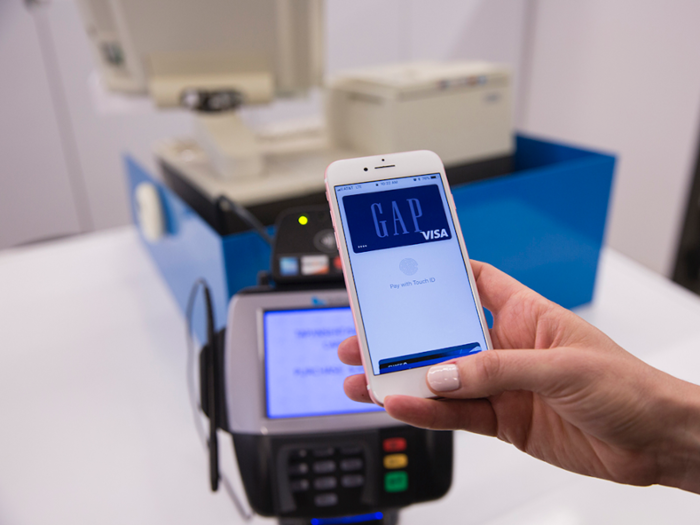
Thanks to mobile providers rolling out services like Apple Pay and Samsung Pay, payments conducted via smartphones have exploded in the past decade. Today various retailers like Gap offer mobile pay, making it easier than ever for shoppers to make payments.
Augmented-reality apps
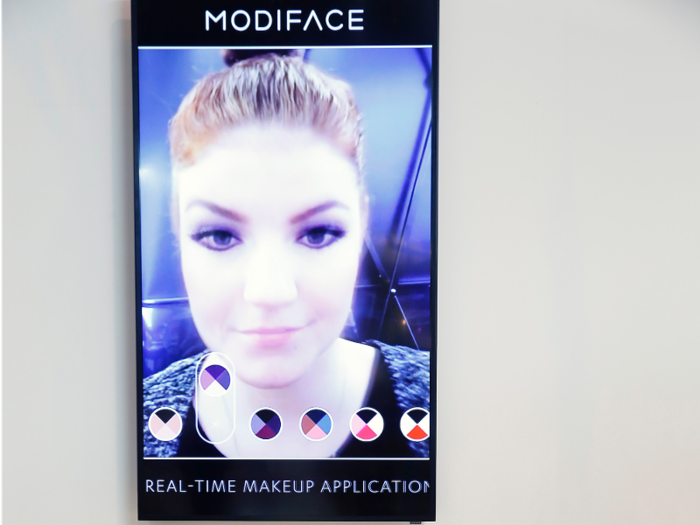
In the last few years, augmented-reality apps and screens have transformed how shoppers test beauty products everywhere from Sephora to traditional department stores like Nordstrom. Assisted by technology services like Modiface, these programs allow shoppers to virtually test out lipstick shades and eyeshadow palettes without needing to leave their home or grab a wet wipe.
Body scanning and smart mirrors
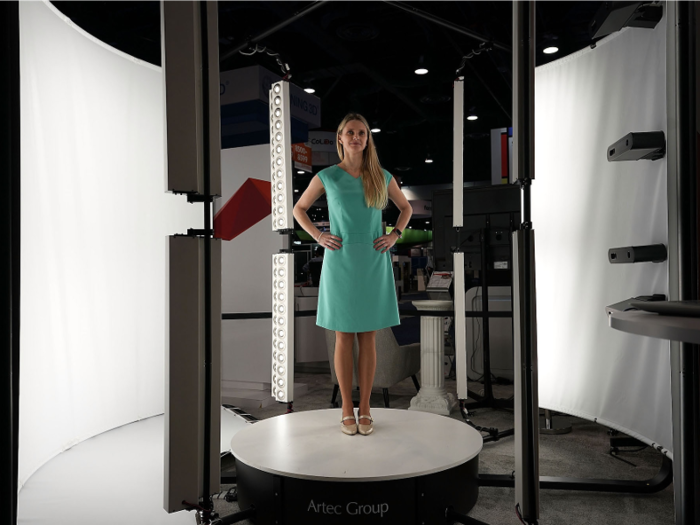
Turns out body scanning isn't relegated just to airport security lines. Companies like Naked Labs developed 3D body-scanning tools that provide information on factors including weight, body mass index, and body measurements. By integrating this information into a smart-mirror format, users can virtually try on outfits and shop from the comfort of home.
Popular Right Now
Popular Keywords
Advertisement